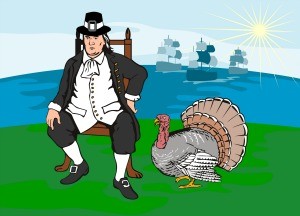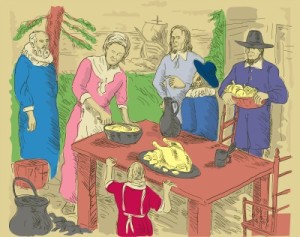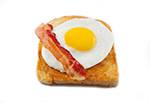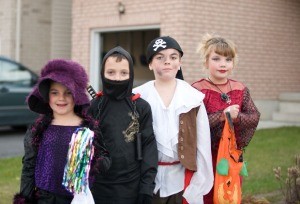
Taking a trip this weekend, get your child involved in the plans.
When the kids come home for the Thanksgiving break, you might be tempted to let them veg out in front of the TV and video games, giving their brains a recharge from their studies. And while downtime is scientifically proven effective in the overall growth of a child’s brain, that doesn’t mean that a whole week needs to go by where they aren’t learning anything.
Thanksgiving week is full of opportunities for students to learn new things, and perhaps even bring them closer together to you. Here are some ideas:
Give them some control of the feast
If you’re hosting Thanksgiving, or just producing a dish for a potluck, get the kids involved. If you already do that, put an educational spin on it. Have them research what was actually served at the first Thanksgiving and whether any of those dishes can be reproduced for your meal. Then have them explain the dish at dinner to the gathered guests. The process will give their brain a workout.
Give them some control of the trip
If you’re traveling, especially by car, let the kids pick a place to stop during the trip. It doesn’t necessarily have to be historical, but they need to be able to guide the rest of the family around the site and explain why it’s important or interesting. Be completely hands-off on this. Your interference can backfire, making them feel less trusted.
The goal is to give them ownership of the project, which should help engage them throughout the week.
Give them some control of Black Friday
Millions of Americans make a tradition of the marathon to consumerism known as Black Friday. Instead of blindly going from store to store, enlist the kids’ help in some research. There are plenty of sites out there, like blackfriday.com, that show what will be available at each store and for what price. Have them compute where the best deals are and then formulate an itinerary that will get you the best bang for the buck. Being an intelligent consumer might be one of the most important lessons you ever give a kid.
Give back
Finally, many families (but not nearly enough) make it a point of sharing their Thanksgiving with people less fortunate than themselves. That might mean helping out at a shelter or soup kitchen or simply donating some toys and gifts for the upcoming holiday season. During the week, make it a point of showing that the holidays aren’t just about how much you can eat or buy, but being thankful for the opportunity and sharing with those who cannot.




